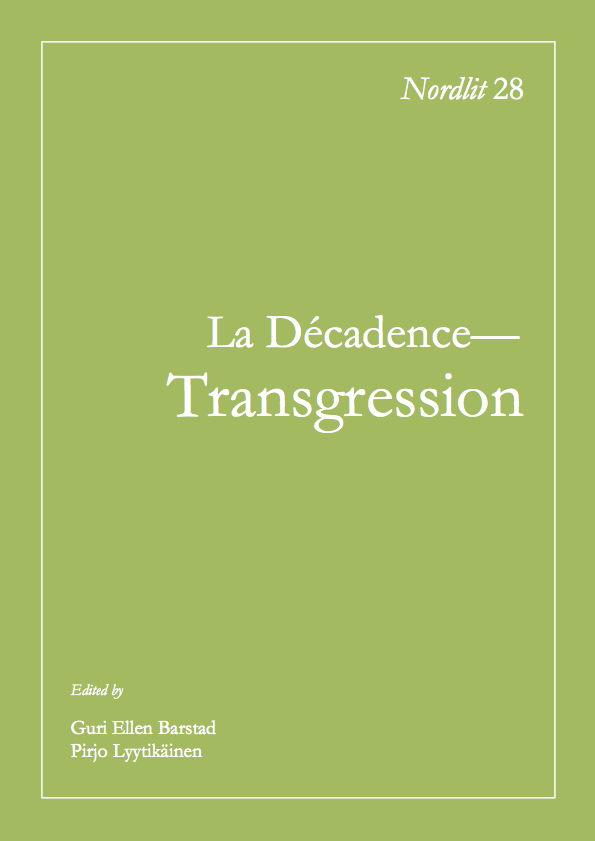La représentation de l’artiste chez J.-K.Huysmans
DOI:
https://doi.org/10.7557/13.2044Keywords:
Huysmans, Les Goncourt, Zola, Balzac, roman d’art, l’artiste, le ménage, la bonne, le pessimisme, la MuseAbstract
The object of this article is to situate J.-K. Huysmans' En ménage in his work as a whole and more generally in the tradition of the "roman d'art" in 19th Century French literature. "Roman d'art" works, such as the Goncourt brothers' Manette Salomon or Zola's OEuvre, often focus on the incompatibility of the artist's creative force and his love for a woman. Even if a woman appears as a muse at first, she often becomes an obstacle to the vocation of the artist.
Even though the artist is very important in Huysmans' novels, he does not directly treat the opposition between love and creation. If a woman brings problems, it is not because of her influence on the creativity of the artist, but due to a particular theme developed by Huysmans: how to assure material comfort without being disturbed by 21 Ibid., p. 474. Fukuda, La représentation de l'artiste chez J.-K.Huysmans Nordlit 28, 2011 62 female presence? This problem is exaggerated by the artistic profession, which involves working at home.
Not being capable of doing housework, Huysmans' hero cannot live totally alone. André, the hero of En ménage, leaves his wife who has been unfaithful to begin a single life with a housemaid. In his relationships with his wife, his housemaid and his lover, all he worries about is his work environment. Nevertheless, he ends up creating nothing, not because of a woman, but because of his own mediocrity and laziness. In this "roman d'art" without a muse, André's character is typical of Huysmans' comical but harsh realism, which subverts the myth of the artist torn between love and creation.









